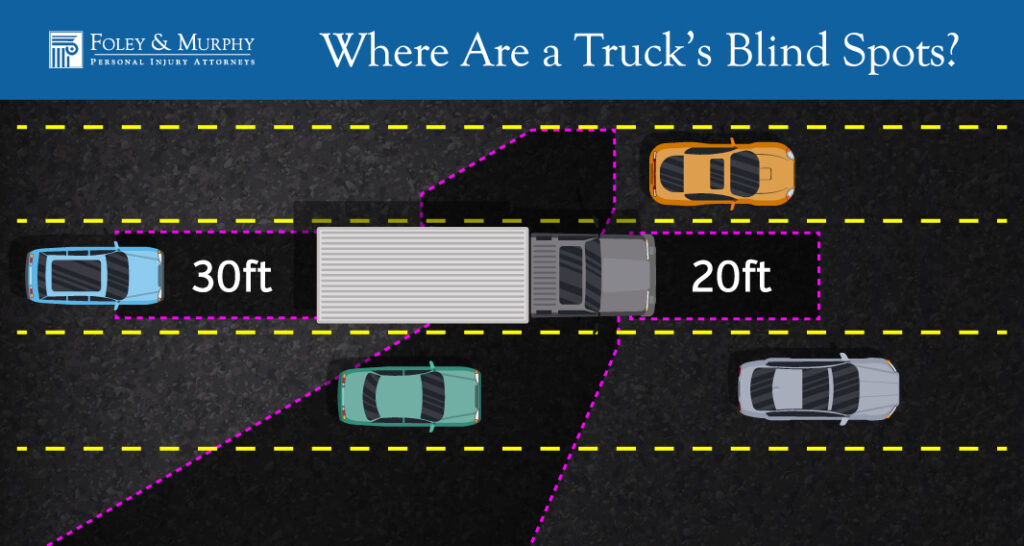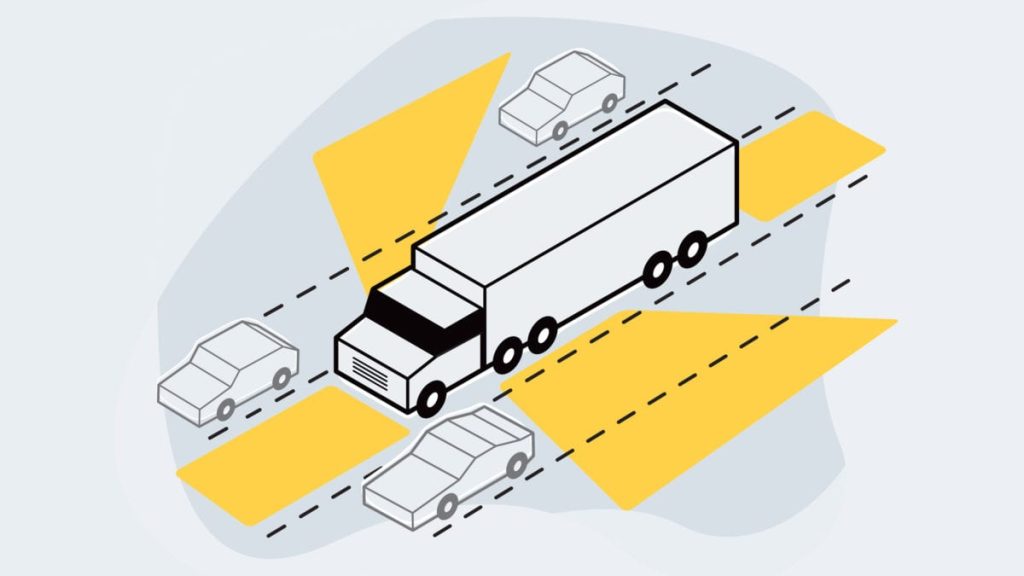

Truck blind spots are a significant road hazard, often invisible to drivers in passenger vehicles. These areas of reduced visibility around a truck present a serious safety concern for everyone on the road. This article explores the invisible hazards of truck blind spots, offering expert tips to navigate them safely and avoid potential accidents. We will define truck blind spots, explore the contributing factors to accidents, and equip you with practical strategies for navigating these challenging situations, all while emphasizing the importance of defensive driving in hazardous areas. The structure of this article is as follows: first, a basic definition and analysis of the problem; second, an exploration of contributing factors; third, specific tips for safe navigation; fourth, a concluding summary of key takeaways; and finally, a section addressing frequently asked questions about truck blind spots.
Defining Truck Blind Spots
Understanding the Invisible Hazard
A truck’s blind spots are areas where the driver cannot directly see, due to the vehicle’s size and shape. These “invisible” areas, often referred to as “no-zones,” can pose a significant threat to other drivers and pedestrians. Understanding these blind spots is crucial for mitigating the risks involved in navigating traffic around trucks, particularly on highways and interstates. It’s important to note that blind spots extend beyond the immediate area immediately behind the truck—they include locations laterally and to the front of the vehicle, and are more pronounced than just those directly behind. Truck blind spots often extend well beyond the rear, encompassing areas the driver may not be aware of or immediately see. Blind spots may also be influenced by the load on the truck—with larger loads or oversized cargo, blind spots can be even more significant and hazardous.
Contributing Factors to Accidents
Driver Error and Environmental Influences
Several factors contribute to accidents involving truck blind spots. One significant factor is the driver error in passenger vehicles, often related to failure to maintain an appropriate following distance and poor anticipation of truck maneuvers. Driving conditions, such as heavy traffic or poor visibility, can exacerbate the issue, making it harder for drivers to recognize and react to the potential hazards associated with truck blind spots. Driving behaviors such as sudden lane changes or merging into lanes occupied by trucks can also be hazardous when drivers lack the proper awareness of the blind spots. Poor signage or lack of clear road markings can also lead to confusion and miscalculations, making it more difficult for drivers to safely navigate around the blind spots and the truck itself.
Navigating Safely in Blind Spot Zones
Defensive Driving Techniques
Several defensive driving techniques can help minimize the risk of accidents involving truck blind spots. Maintaining a safe following distance and avoiding sudden maneuvers can help reduce the chances of being caught in a blind spot. Anticipating truck movements, especially during turns, lane changes, or when passing, is critical for driver safety. If unsure about the space behind the truck, it may be wise to adjust driving position—give the truck driver an additional amount of space to move and maneuver. Looking beyond the truck’s rear and checking the mirrors frequently can also improve awareness and reduce the chance of being unseen.
Additional Safety Measures
Importance of Vehicle Maintenance
Ensuring proper vehicle maintenance, including regular checks of mirrors and lighting systems, is also essential for safe navigation around large vehicles. Regular inspections can help drivers stay alert to potential problems and can reduce the possibility of issues affecting one’s view and ability to safely navigate. Truck drivers should also practice cautious driving methods, such as indicating intentions before lane changes and being mindful of pedestrians, especially in urban areas. In areas with considerable pedestrian traffic, it is important to allow for greater than normal space and distance.
Understanding and Mitigating Blind Spots
Using Technology
Some advanced technologies are evolving to aid in blind spot awareness. Technology, such as advanced driver-assistance systems (ADAS) that incorporate blind-spot monitoring systems, can help drivers avoid collisions by alerting them to vehicles in their blind spots. By being aware of these technological advancements, drivers can further protect themselves and others.
Practical Examples
Case Studies
Numerous case studies highlight the importance of being aware of blind spots while driving. One case involved a passenger vehicle driver failing to recognize a truck’s blind spot while making a lane change. This led to a collision, emphasizing the need for extra caution and adherence to safety practices when driving in the proximity of trucks. Drivers should be cautious of the space they are occupying on the road, ensuring the safety of others on the road.
Conclusion
Final Thoughts
Preventing accidents involving truck blind spots requires proactive measures by both drivers of passenger vehicles and truck drivers. By increasing vigilance of truck blind spots and employing defensive driving techniques, we can create a safer driving environment for everyone. Drivers of passenger vehicles should understand that truck drivers, similarly, must operate with caution to avoid accidents. Improving driving practices can lead to significant safety improvements.
Statistics
Impact and Data
Numerous studies and reports, compiled by organizations such as the National Highway Traffic Safety Administration (NHTSA), reveal a correlation between accidents involving large trucks and inadequate driver awareness of blind spots. Understanding and utilizing this data can help improve the driving practices for all.
Road Signs and Signals
Effective Communication
Road signs and signals, when clearly displayed and understood, can assist in providing a more effective means for awareness of truck blind spots. This may include additional signals or markers indicating the presence or direction of trucks.
Frequently Asked Questions
What are the most common causes of accidents involving truck blind spots?
Accidents involving truck blind spots often stem from a combination of factors. Drivers of passenger vehicles may fail to anticipate the large size and blind spots of trucks, leading to improper following distances or unexpected maneuvers. Similarly, truck drivers themselves may not adequately account for the visibility limitations of their vehicles, leading to misjudgments of a passenger vehicle’s position or intentions. Inadequate signage or traffic conditions can also exacerbate these risks, further highlighting the need for vigilance and caution.
In conclusion, navigating truck blind spots is a crucial aspect of road safety for everyone. Understanding the hazards associated with truck blind spots, and practicing defensive driving techniques, are paramount to avoiding accidents. By being aware of these invisible hazards, and practicing caution around trucks, we can all work towards a safer and more predictable road environment. To further enhance your understanding and safety, take a short quiz covering the key points discussed in this article. Click here to take the quiz now.